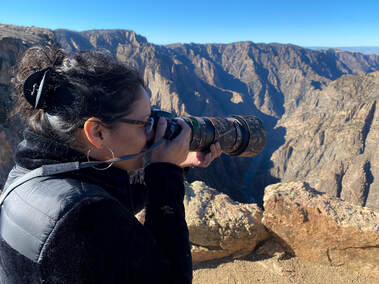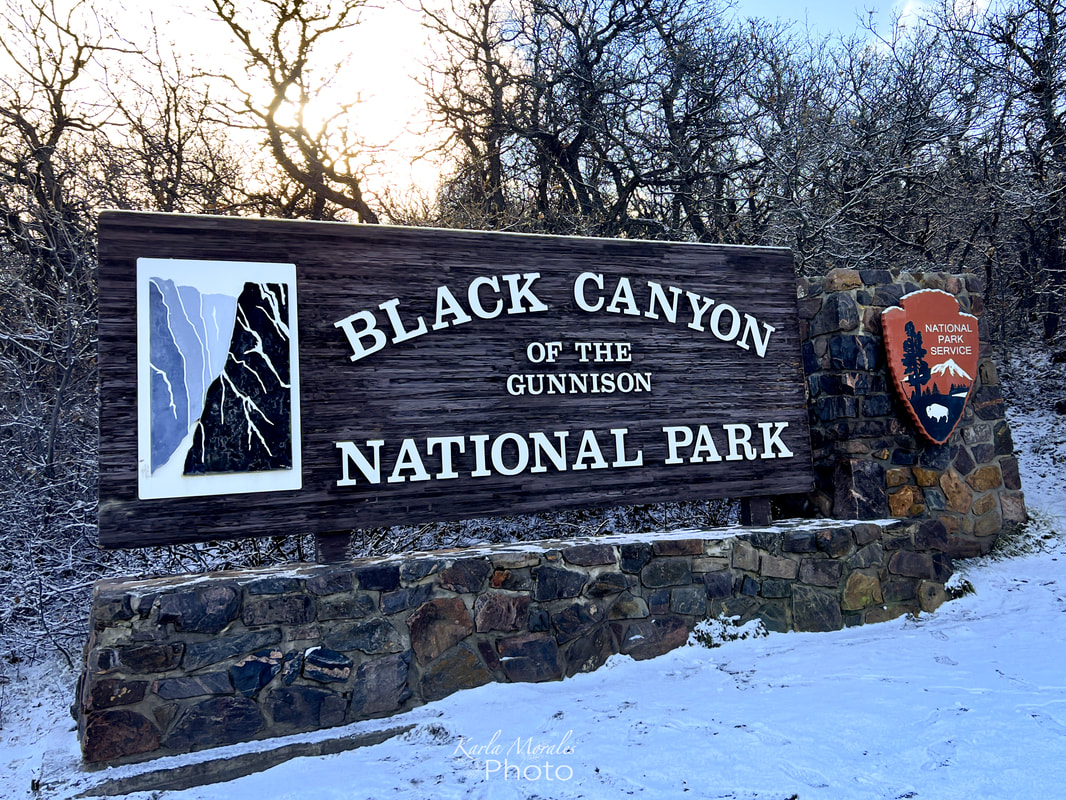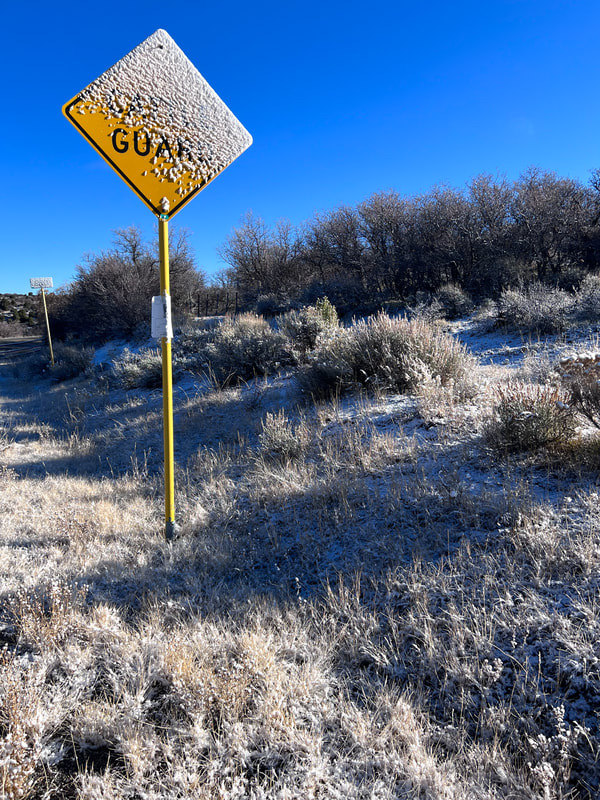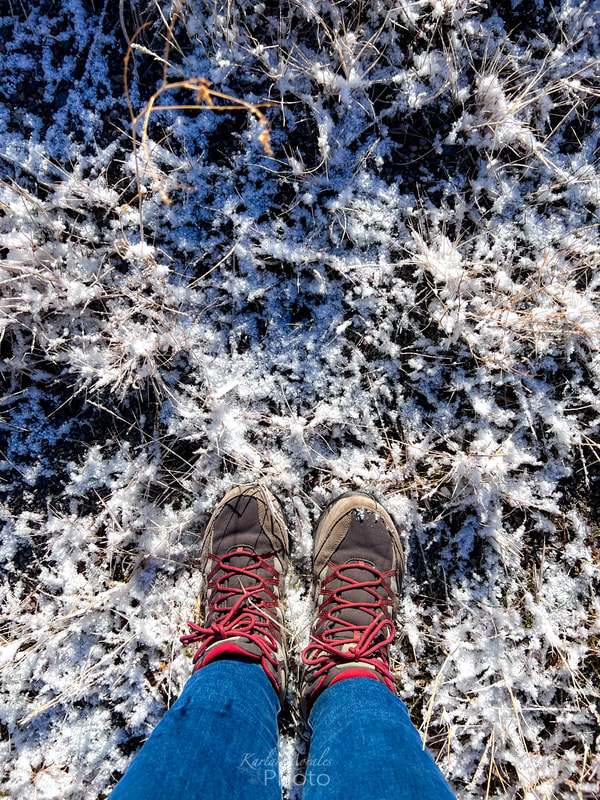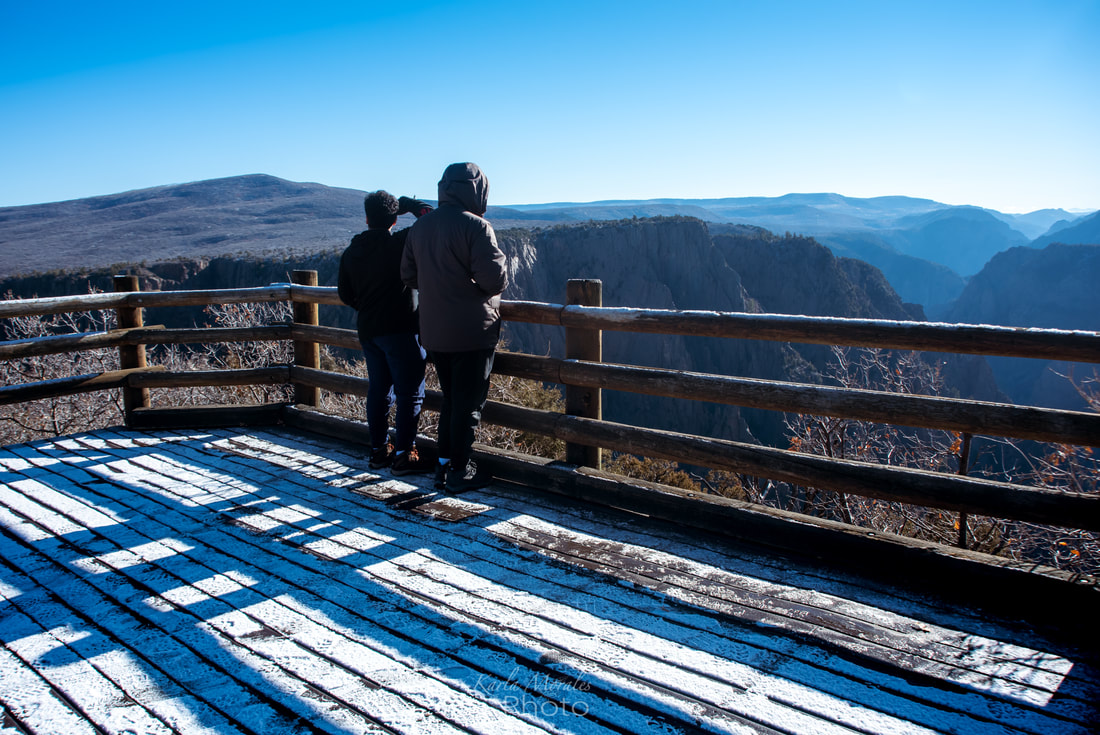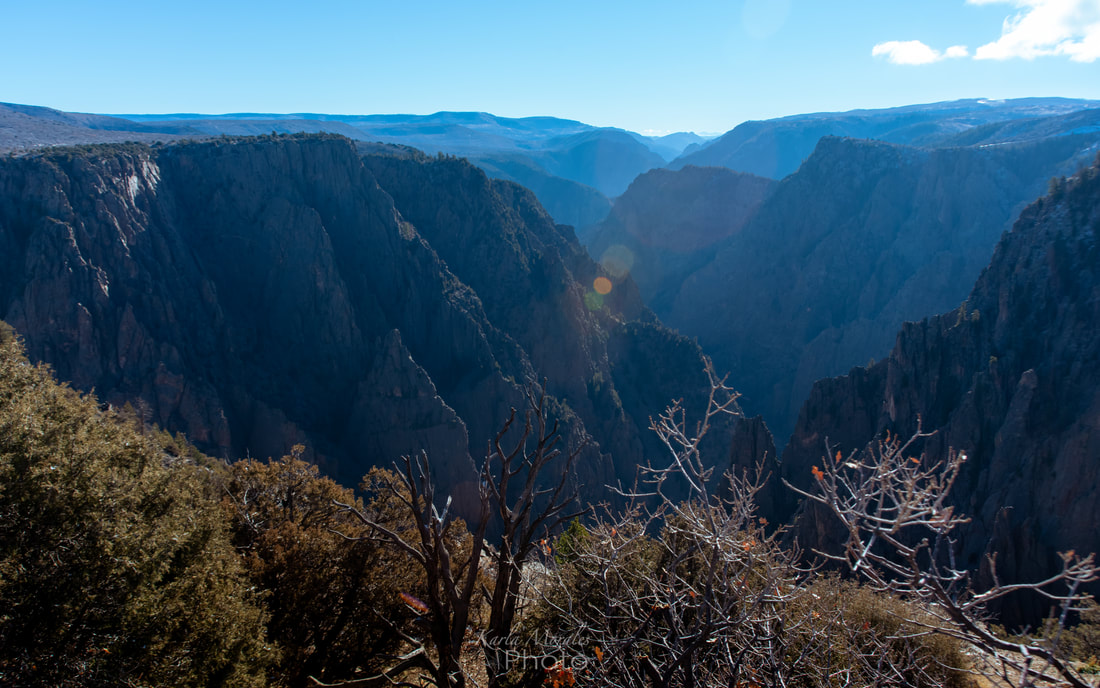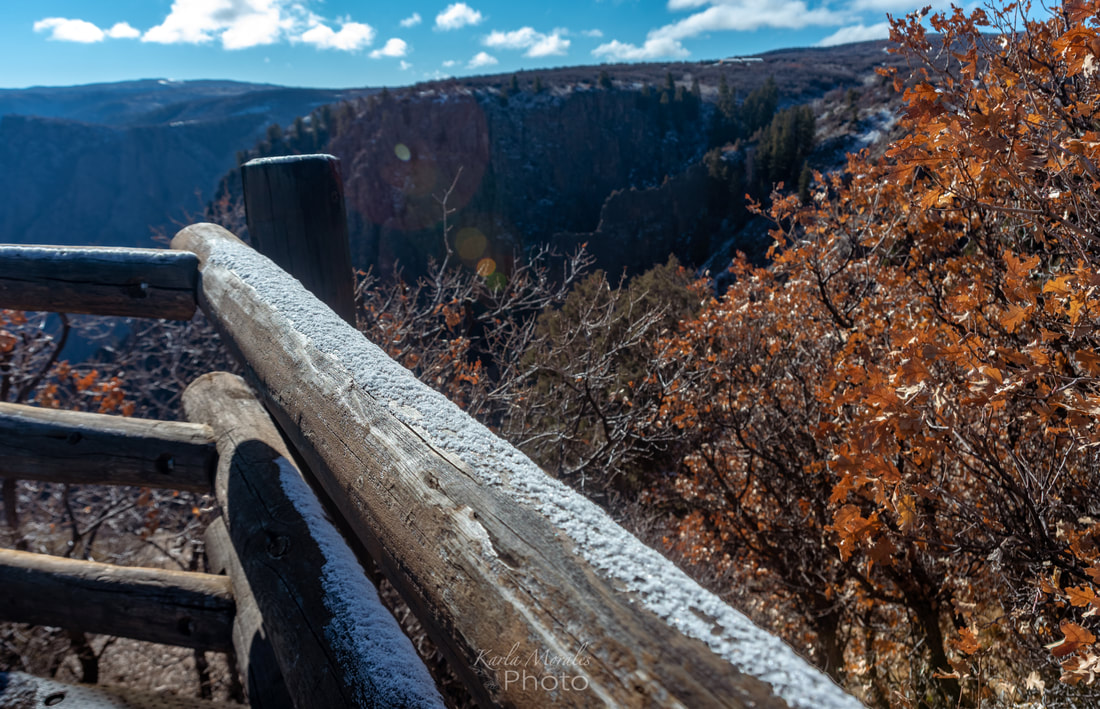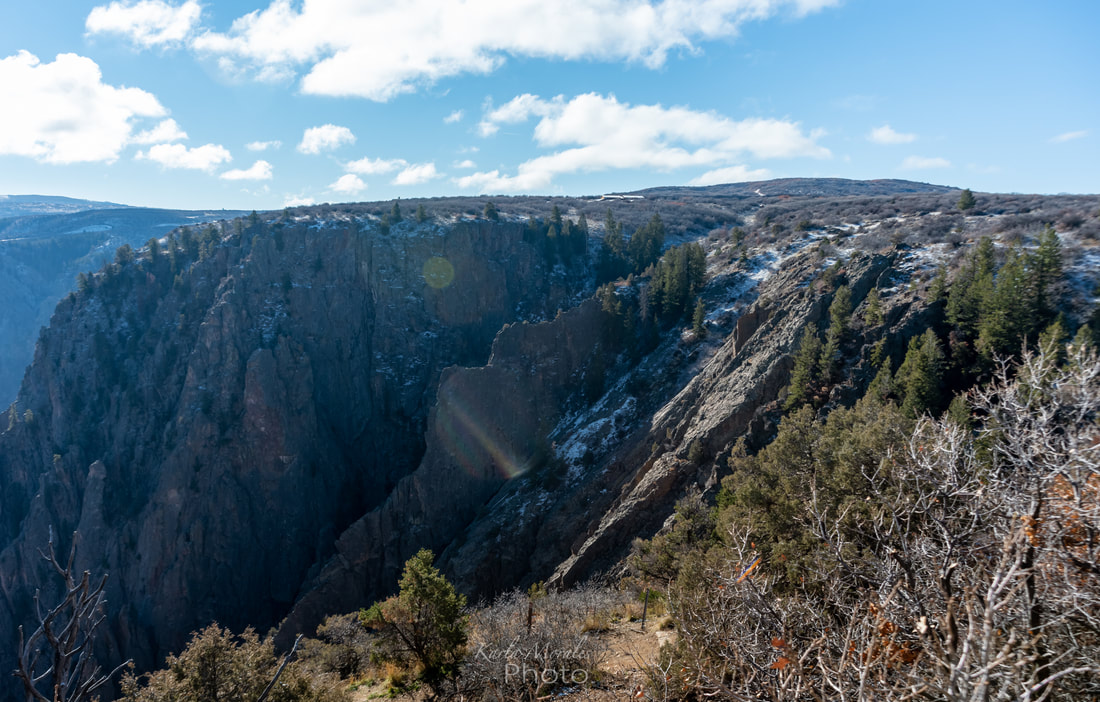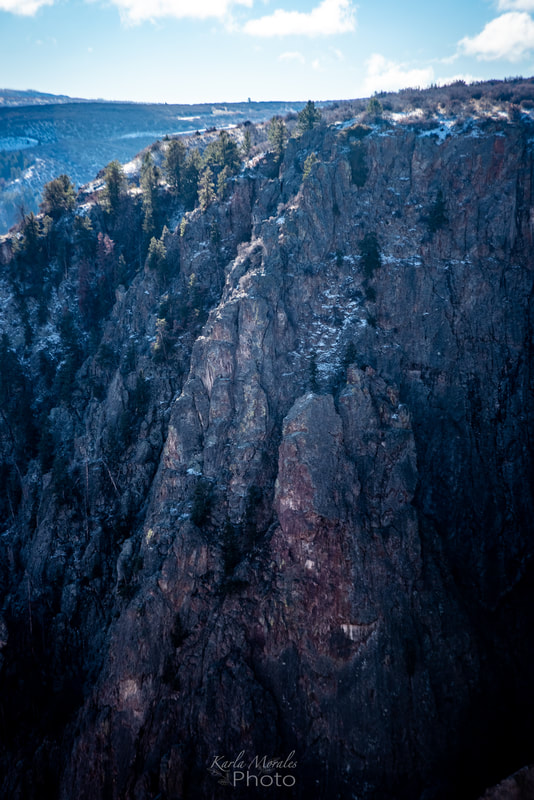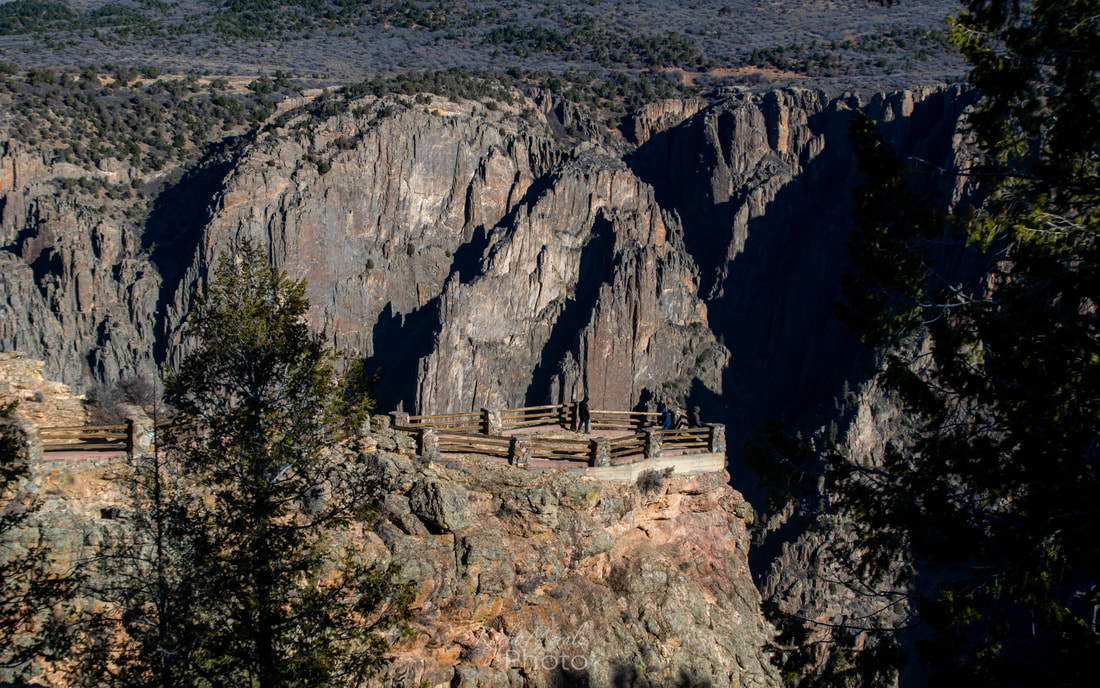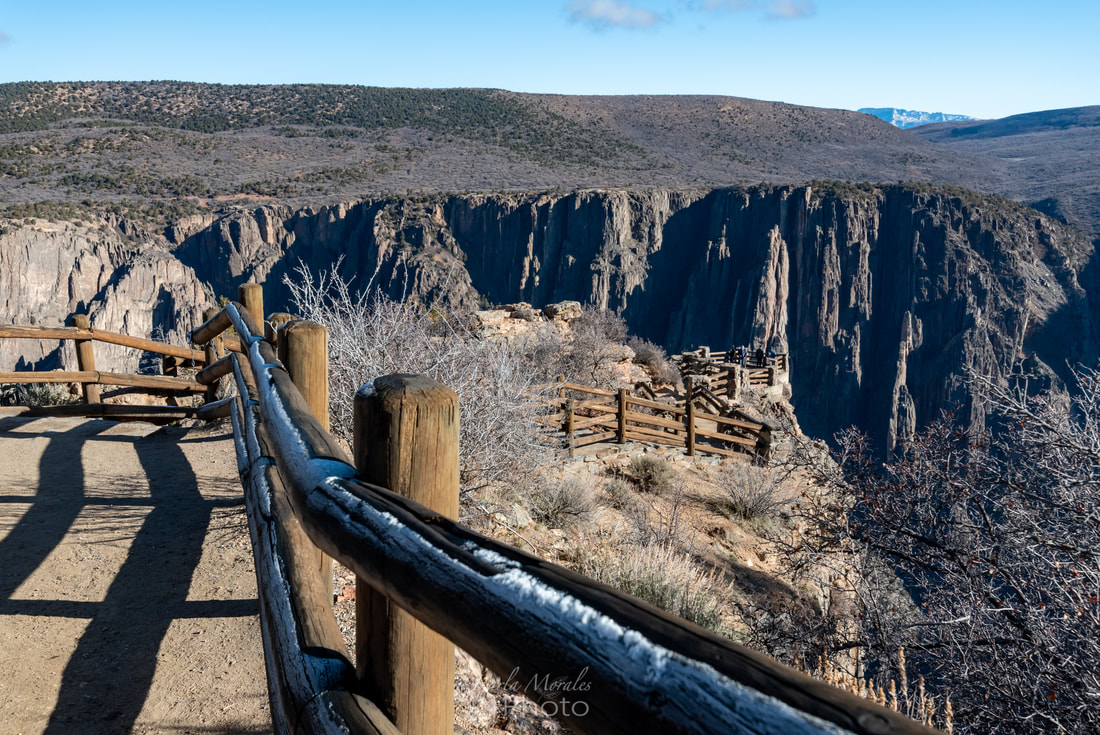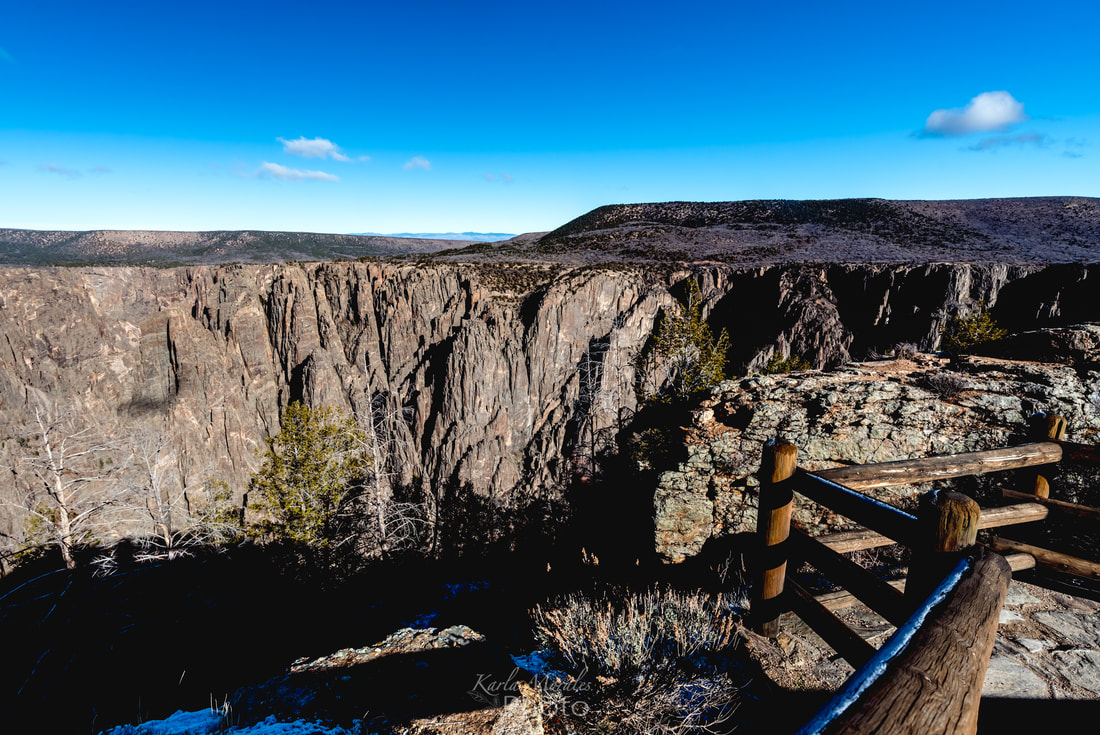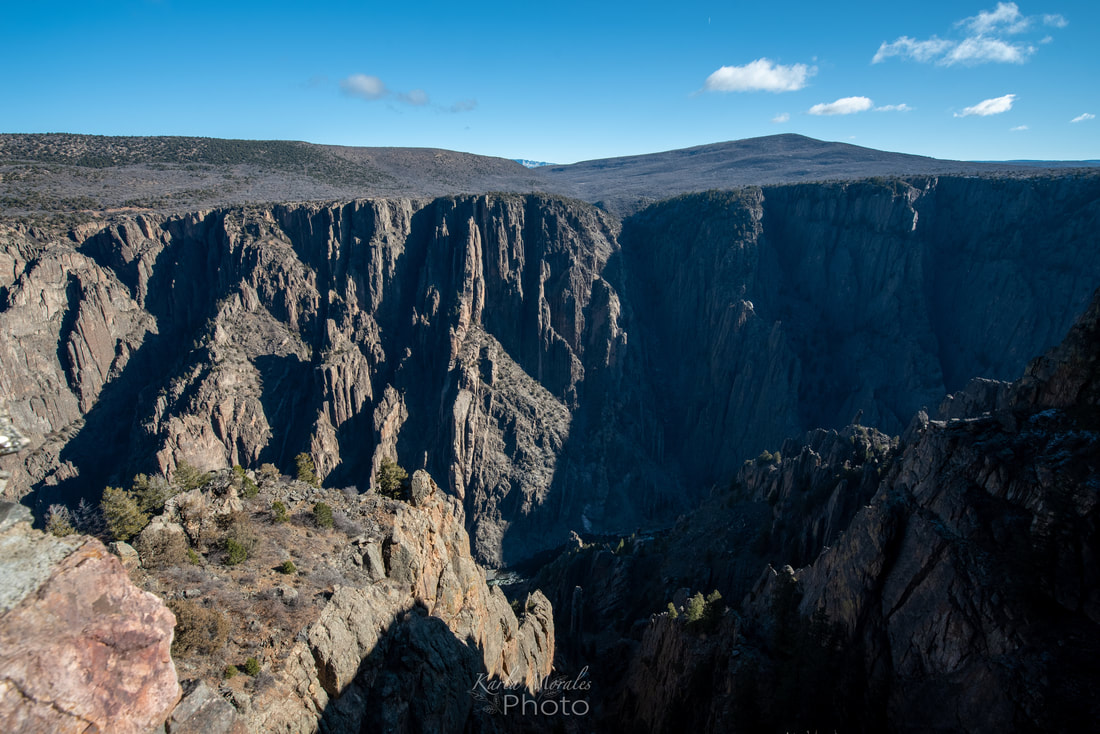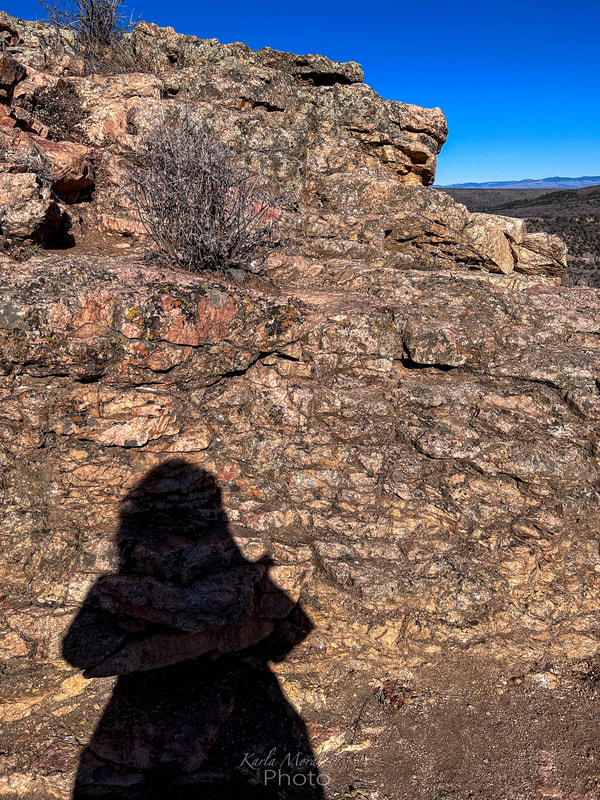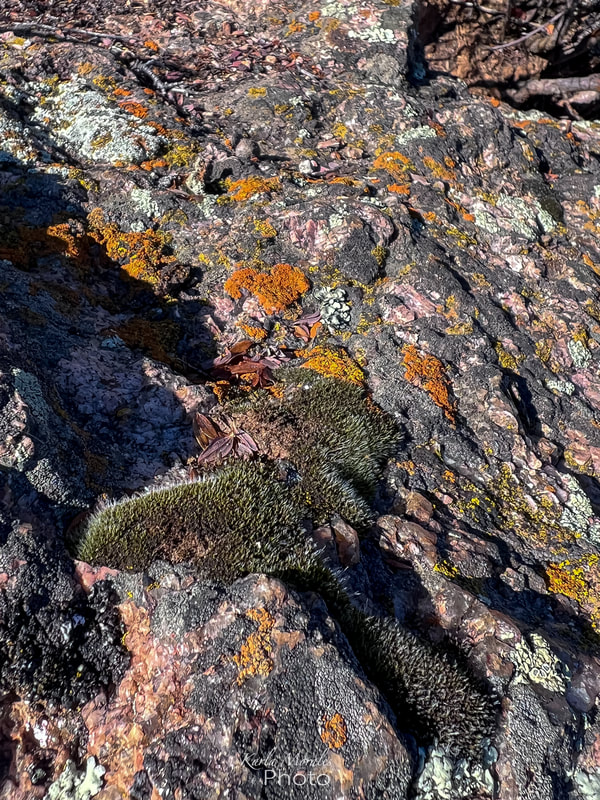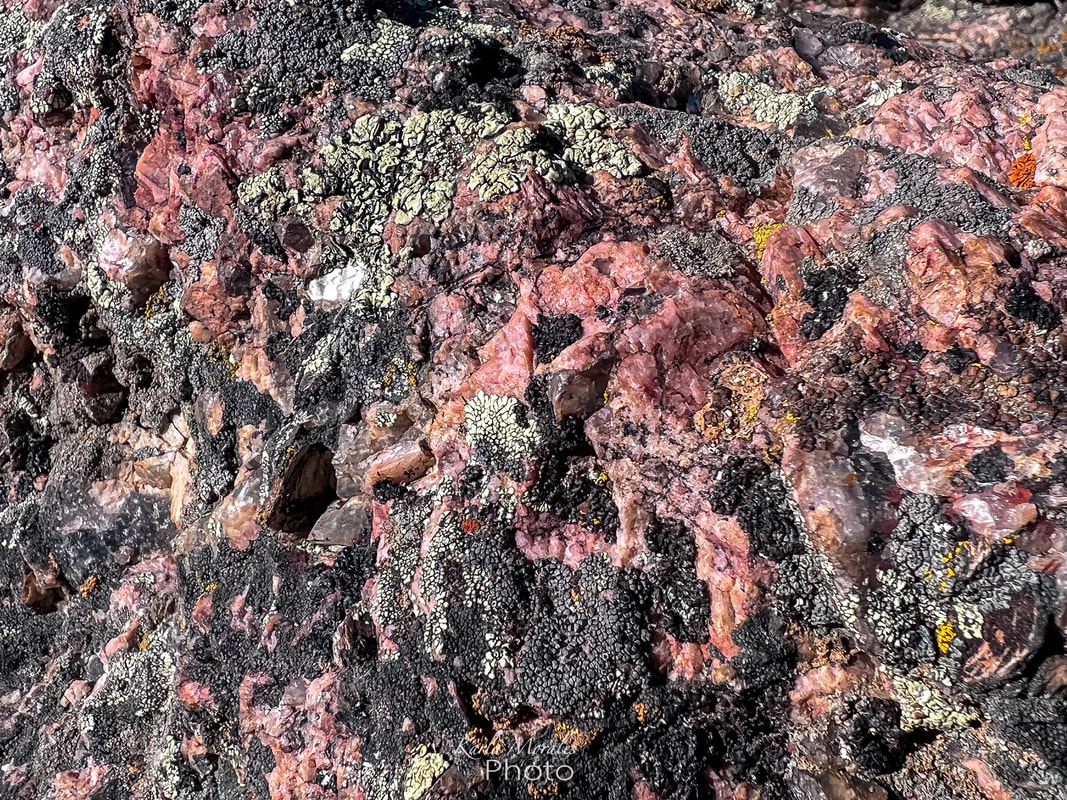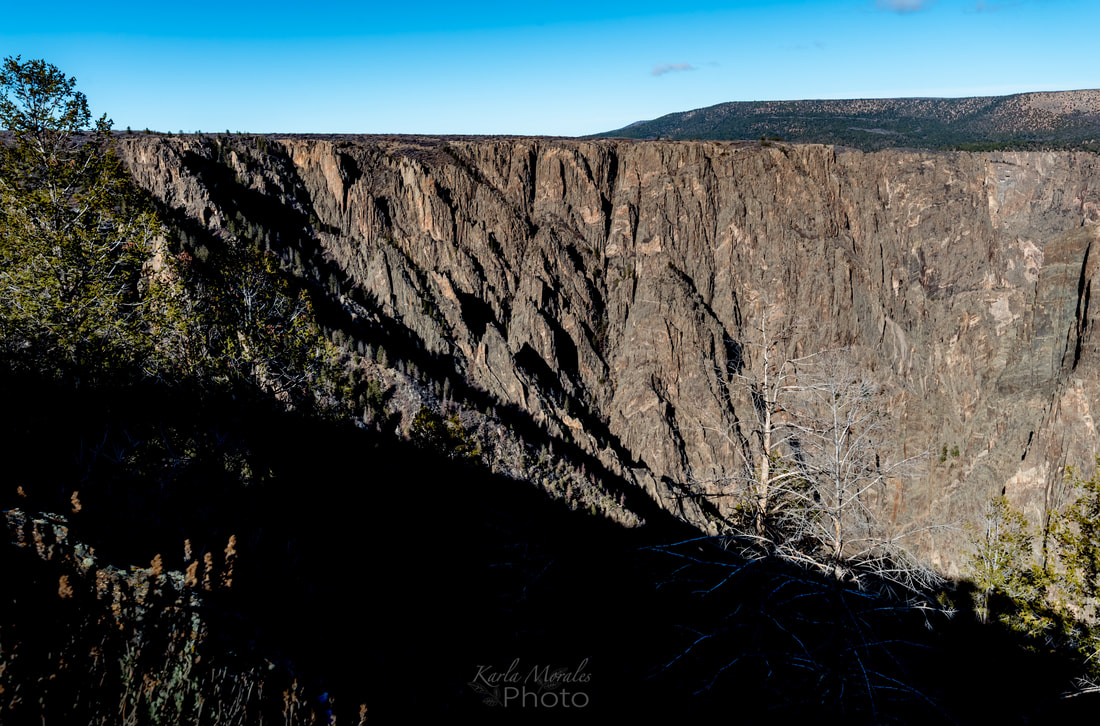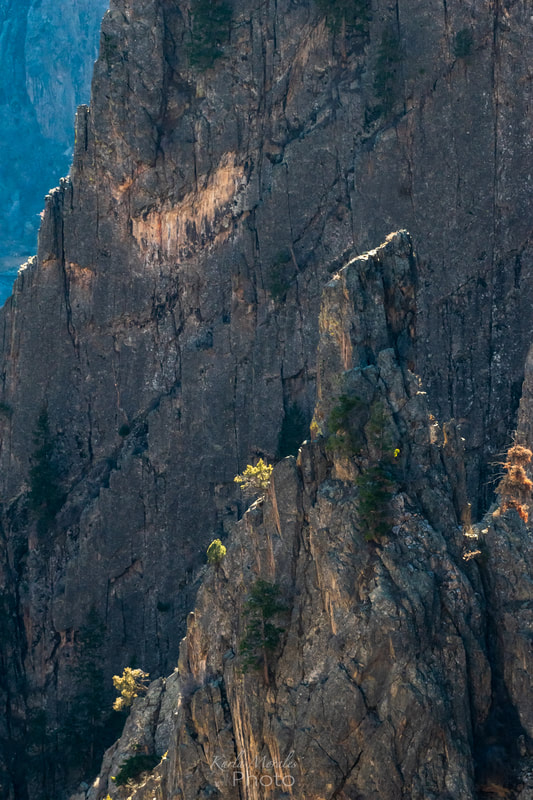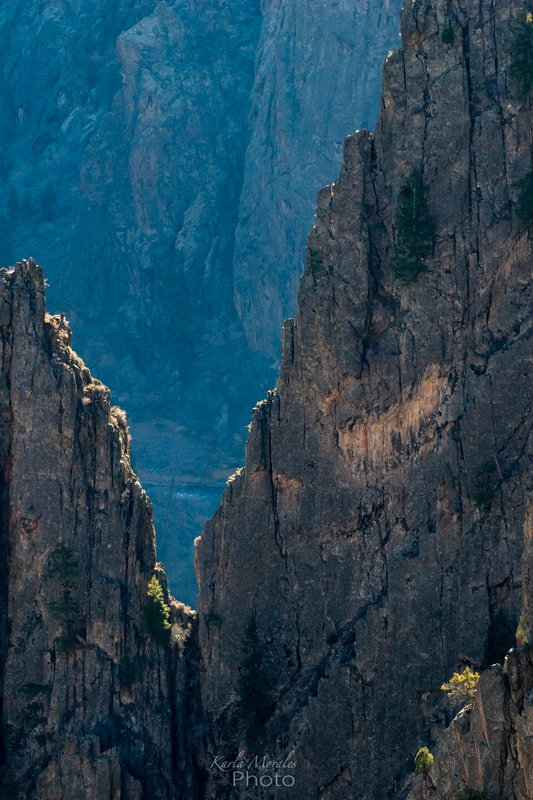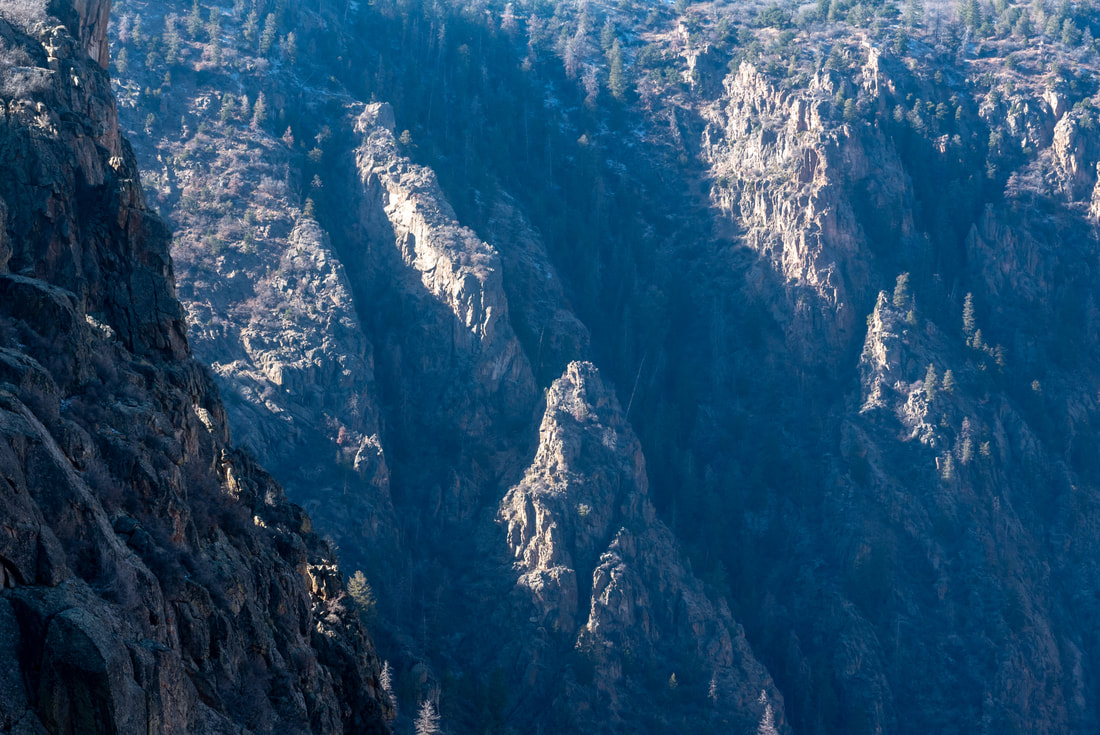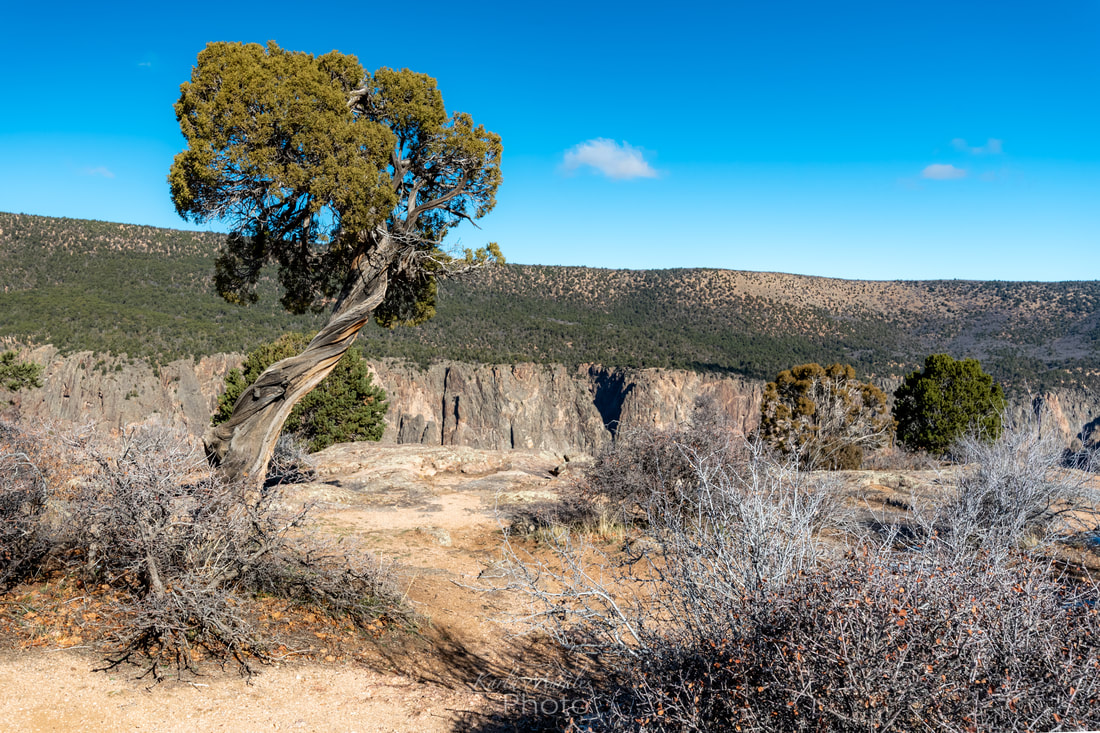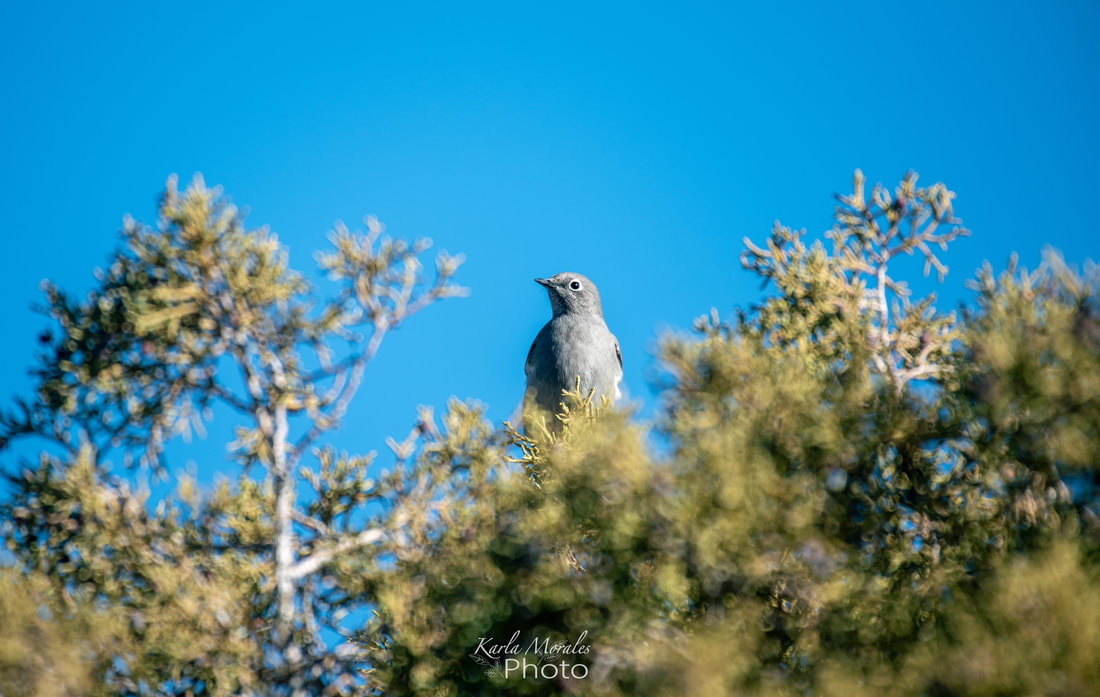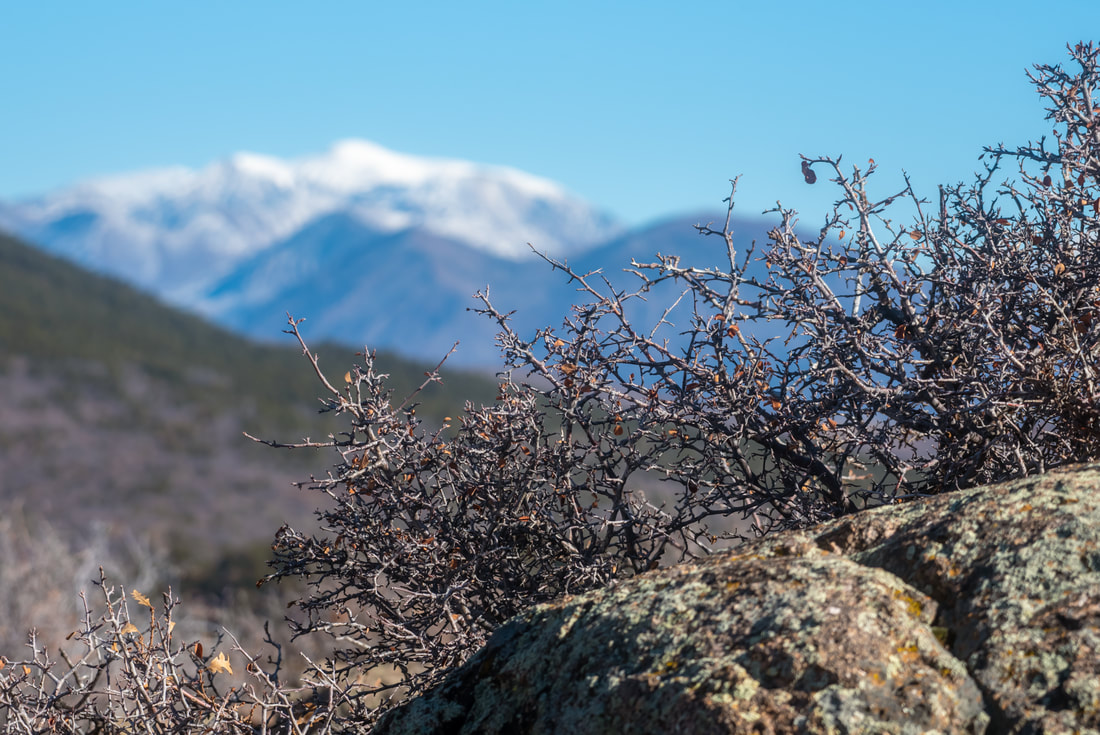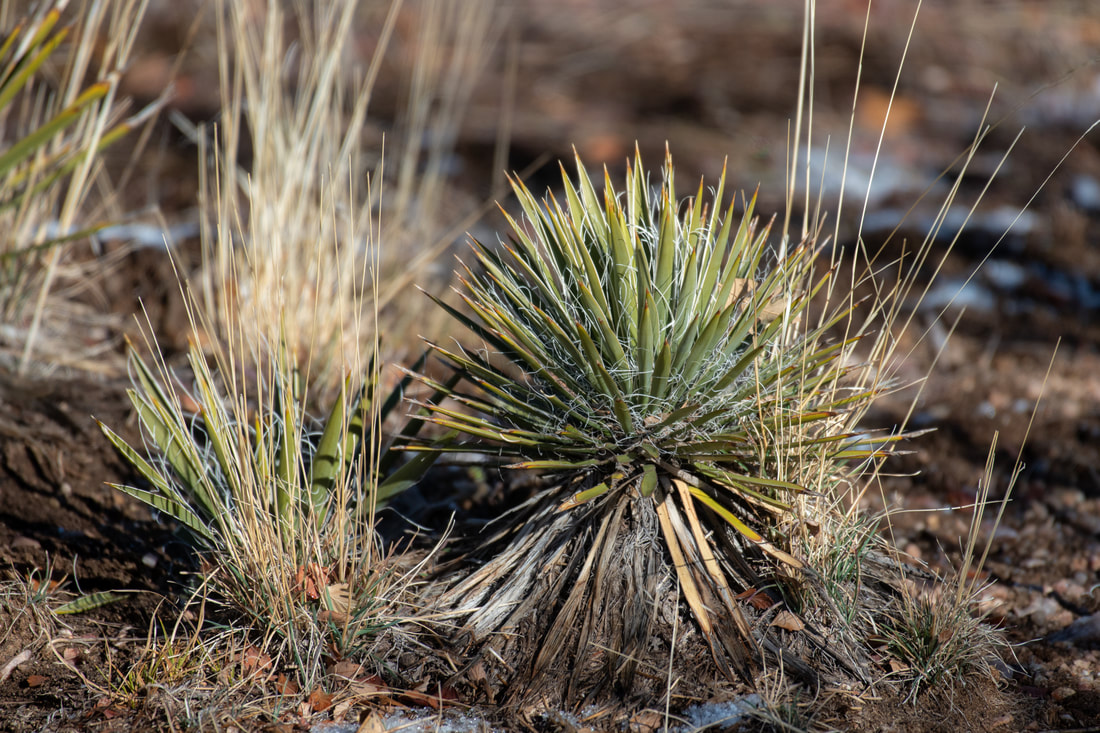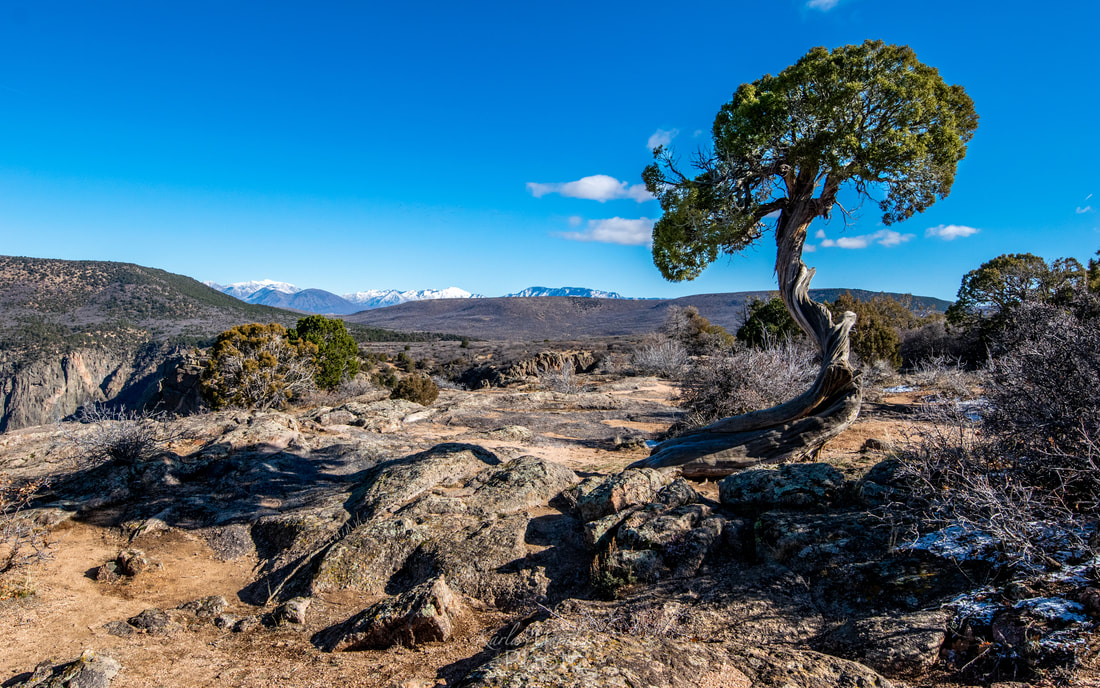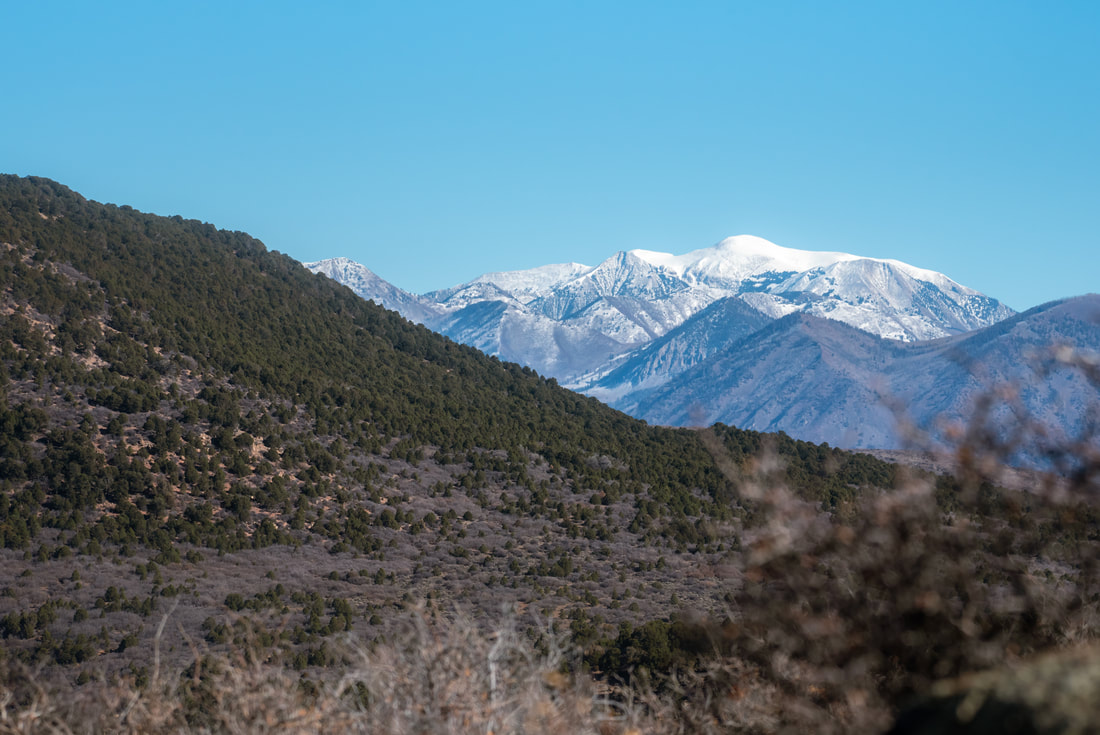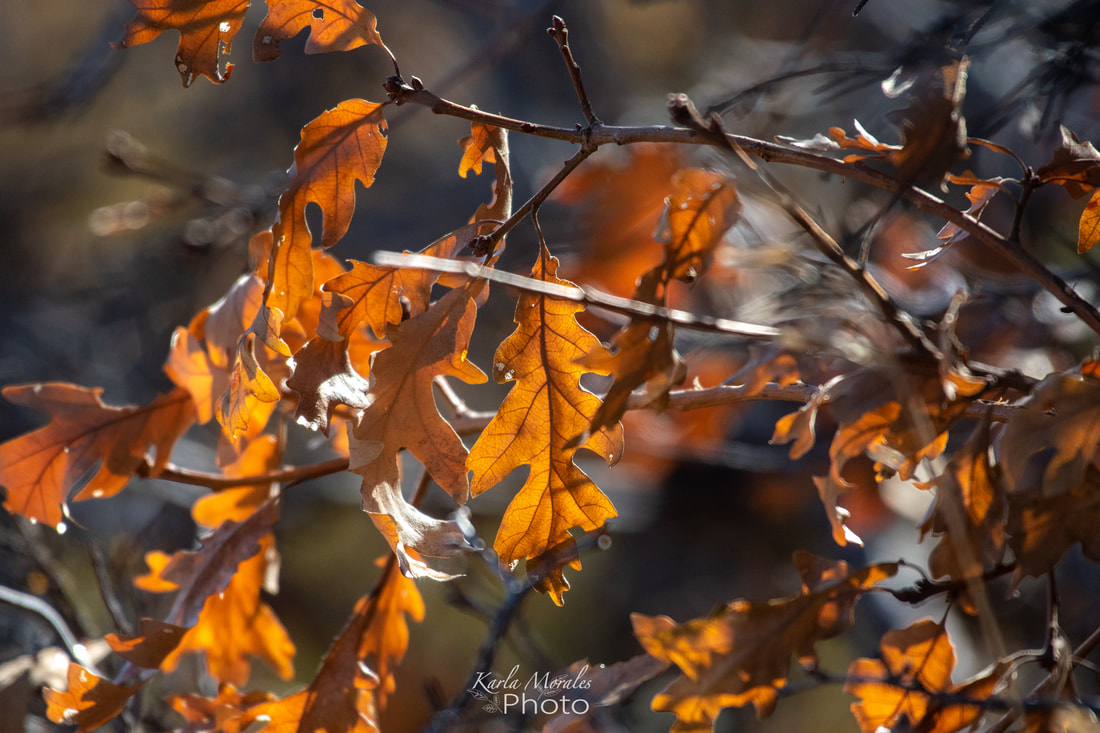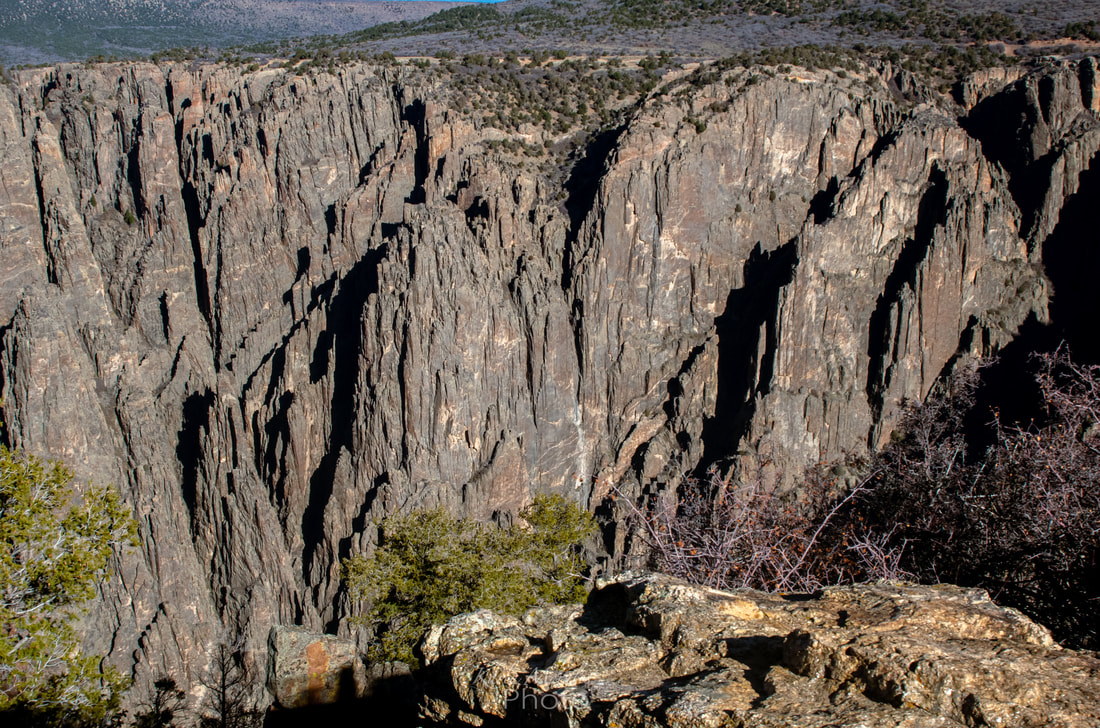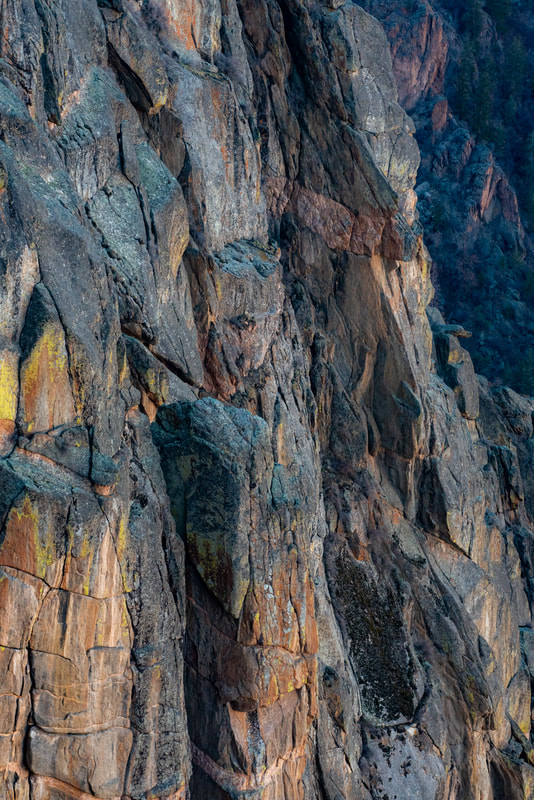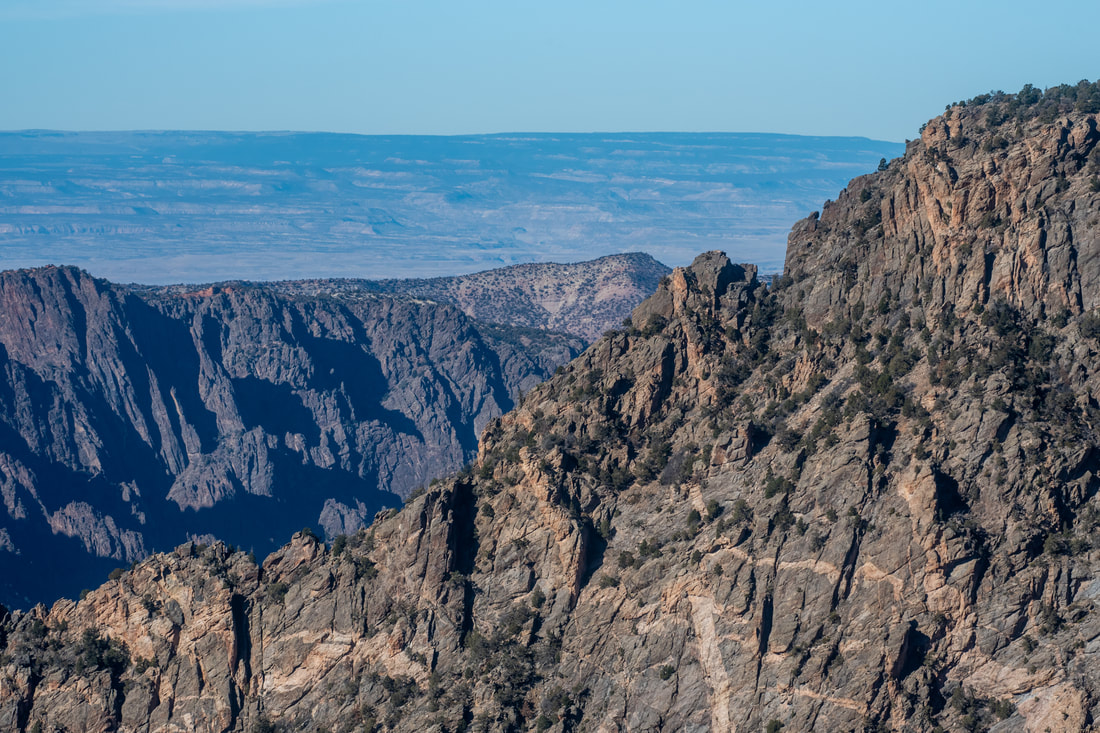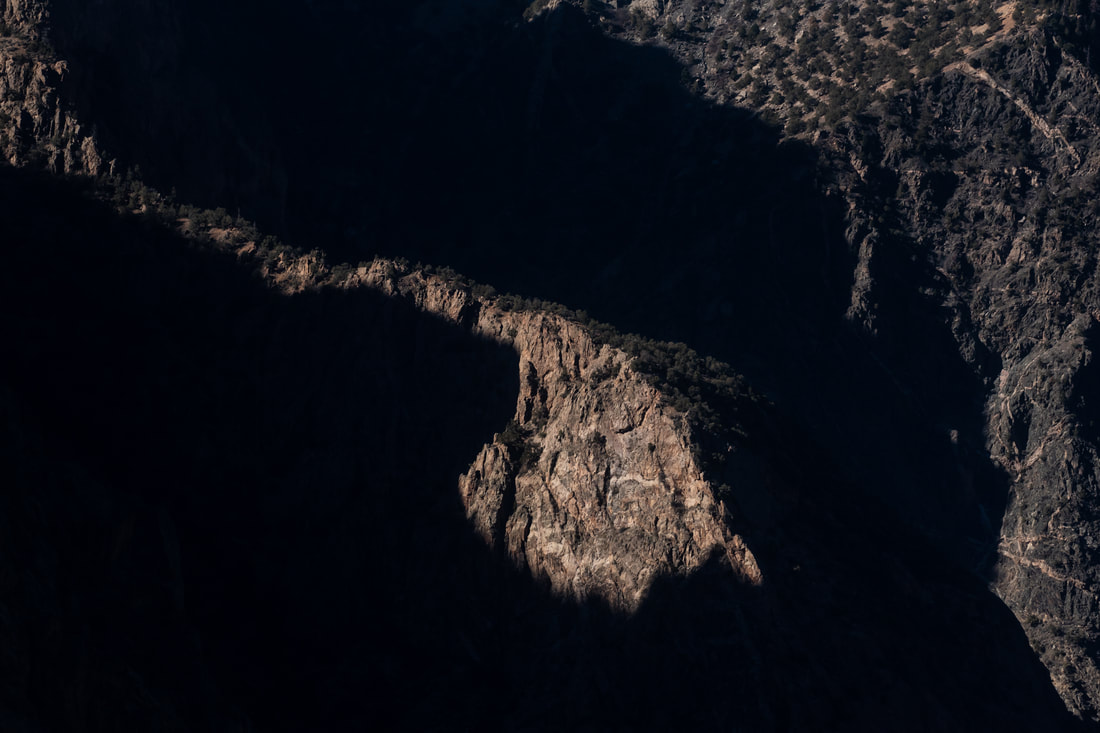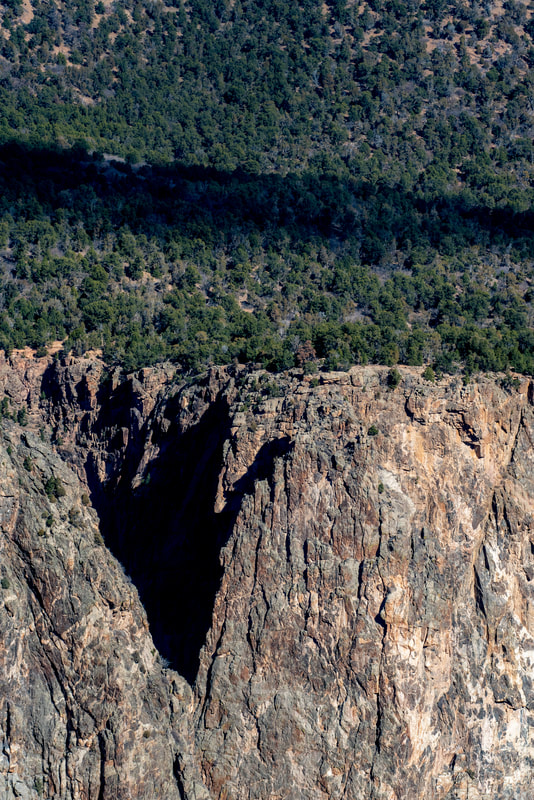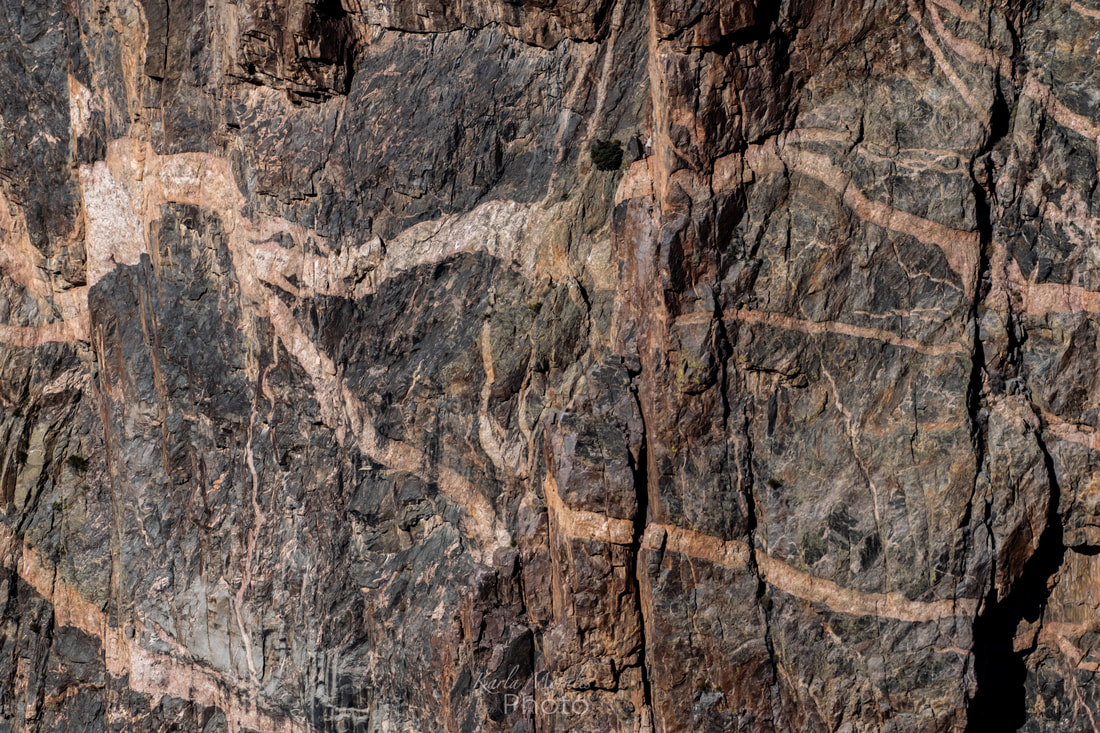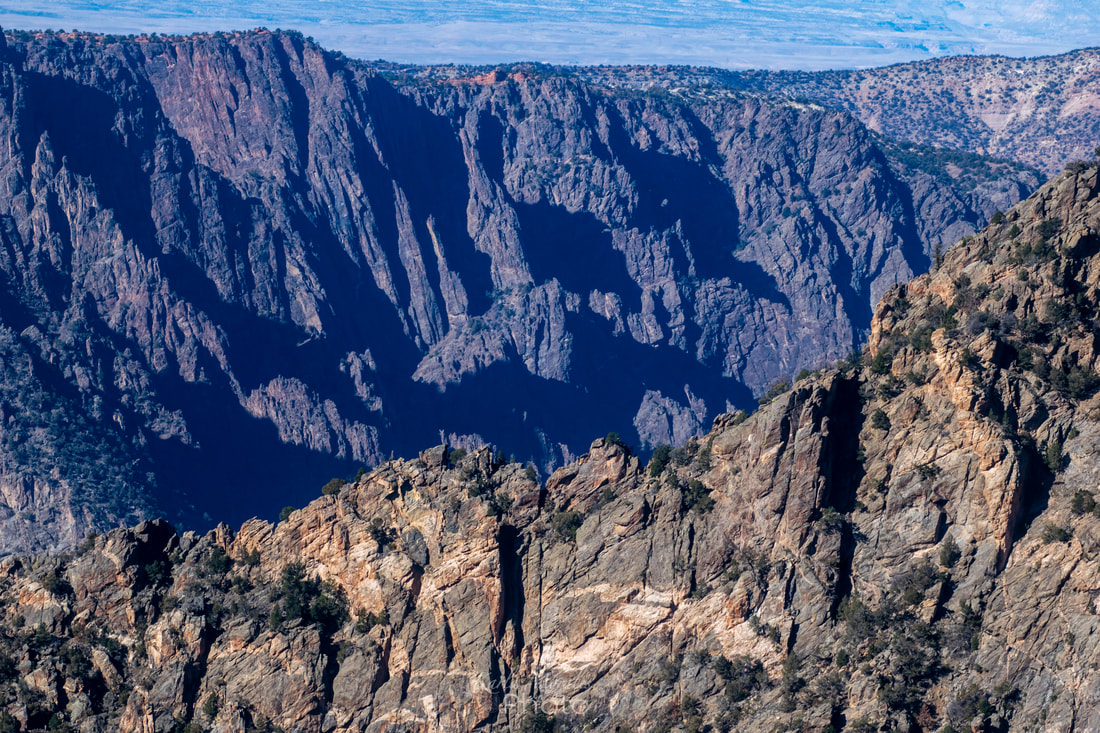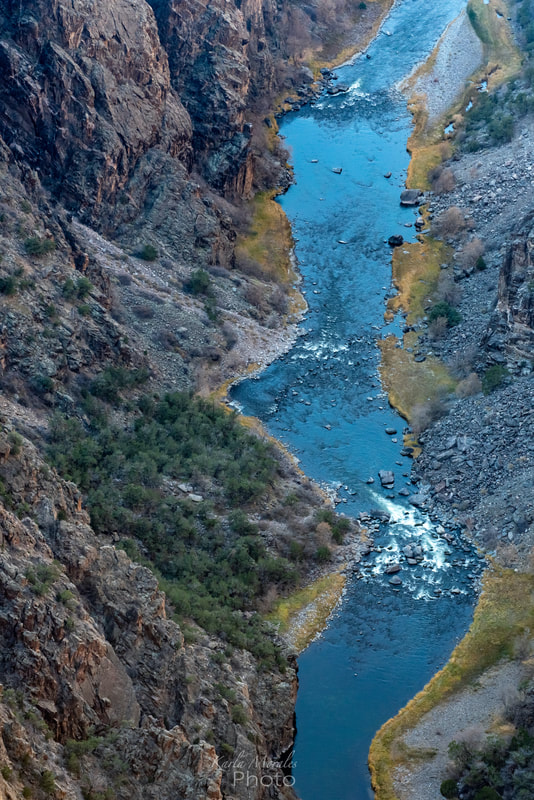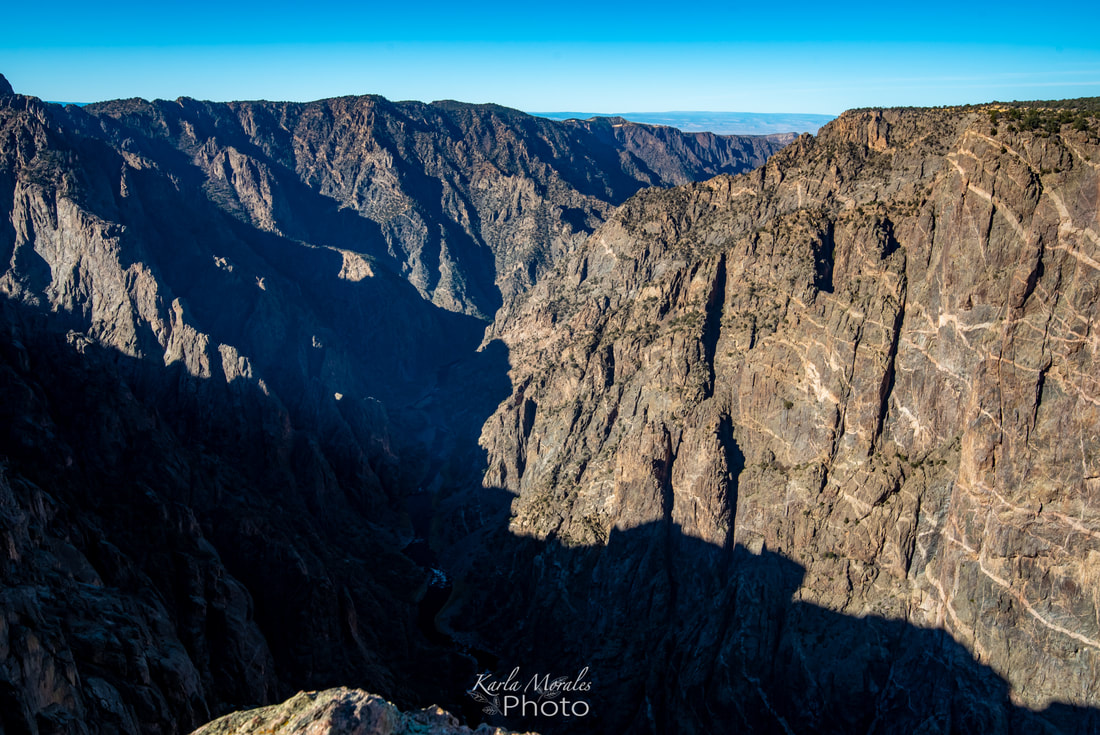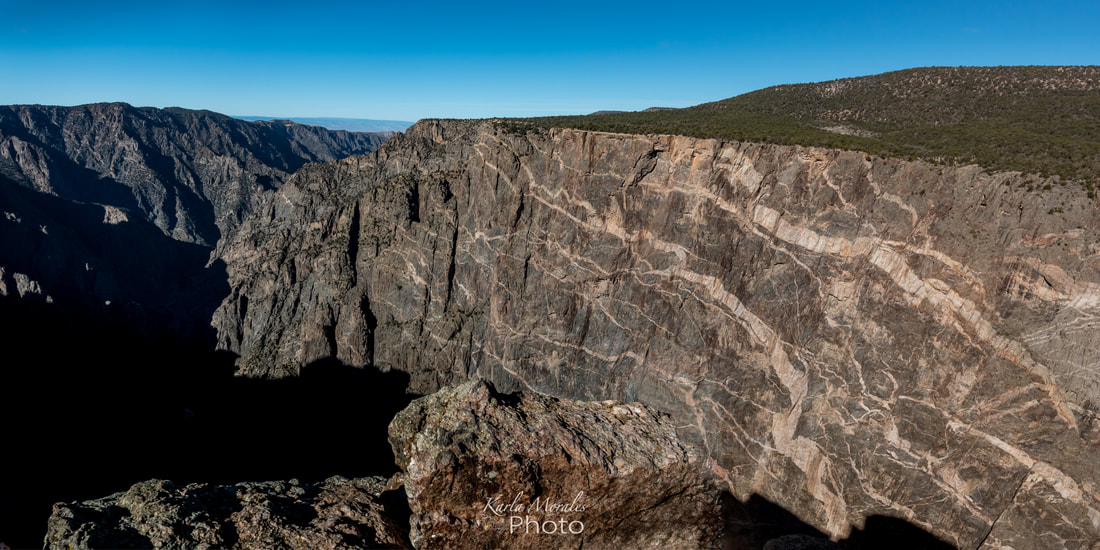|
How it started When you talk about vacations in Colorado people always think about a trip for winter activities, specially skiing, but Colorado is not always about that. Since my family and I started planning our trip to Colorado for mid November I started my research by visiting the National Park Service web page to look for the parks in this state. The first alternative in the list was Black Canyon of the Gunnison, this park wasn’t far from the place we’ll be spending the first days of this trip, so I put it on the list of places to go, but only if the weather was good because November usually brings the early snowfalls of winter. During my research I learn that this park wasn’t visited so much but it was worth the trip, even in winter. In case of bad weather the Rangers closes the road that leads to every overlook in the south part of the park (South Rim Road). In that case, you can only access by car to the Visitor Center and the Gunnison Overlook that is at walking distance from the visitor center. We were staying in Fruita, the weather was perfect that day; blue skies, cold and no risk for the road to be closed, so we set off to the park. It took us about an hour and a half to arrive there. As we approach to the entrance there were some snow in the landscape, but the road was clear. After a stop at the visitor center, we were able to drive all the way to the last overlook, "The Dragon Point Overlook", a spot where you can see the Gunnison River that flows through the canyon. This point is one of the most spectacular views of the the park. I got to say that the Black Canyon of the Gunnison is one of the most stunning places I have visited in the United Sates. Canyon uniqueness Black Canyon of the Gunnison takes its name because some parts of it received very little sunlight, making the views most of the time in shadows. What makes this place a very special one is the combination of natural events that occurred to form the canyon, about 60 million years ago. As the NPS explains, this land uplifted bringing 1.8 billion year old metamorphic rock to high elevations, then about 30 million years ago large volcanoes erupted burying it in volcanic rock. When the Gunnison River began flowing, eroded the volcanic rock and cut a deep and narrow the canyon. But not only the river contributed on the formation of the canyon, also the changes in the weather and the sunlight contribute to the erosion process. In the canyon the side that doesn’t receive much sunlight can be eroded when the water that falls in the rock doesn’t evaporate as quickly as the side where the sunlight hits. When it freezes and thaw, the rock debilitates and eventually brakes, and this process also brings unique formations in the walls. Today this canyon is 48 miles (77 km) in length, and is the fifth steepest mountain descent in North America. Its deepest point is the “Warner Point” at 2,722 feet (829 m). |
Blog categoriesLandscape
MACRO PHOTOGRAPHY
Travel
South Dakota: Landscape treasure Four days in Chicago A trip to Utah-Arches National Park in Moab A trip to Utah-Canyonlands in Moab A trip to Utah-Deadhorse State Park and La sal Loop Road A trio To Utah Bear River Migratory bird Rafuge and Antelope Island State Park Colorado Monument National Park Black Canyon of the Gunnison NPS- A geologic jewel Between the forest and the sea-Acadia National Park Un día en Cape Cod Birdwatching en Iguazú Culture
Calle San Sebastian Festival 2017 Circo Fest 2017-when happiness rules Volunteer for love The life that never dies Calle San Sebastian 2019- the people's view Loiza-Fiestas de Santiago Apóstol 2018 Batey de Los Ayala y Procesión de Santiago Apostol de las Mujeres en Loiza Máscaras de La Plena Mascaras de La Bomba |
